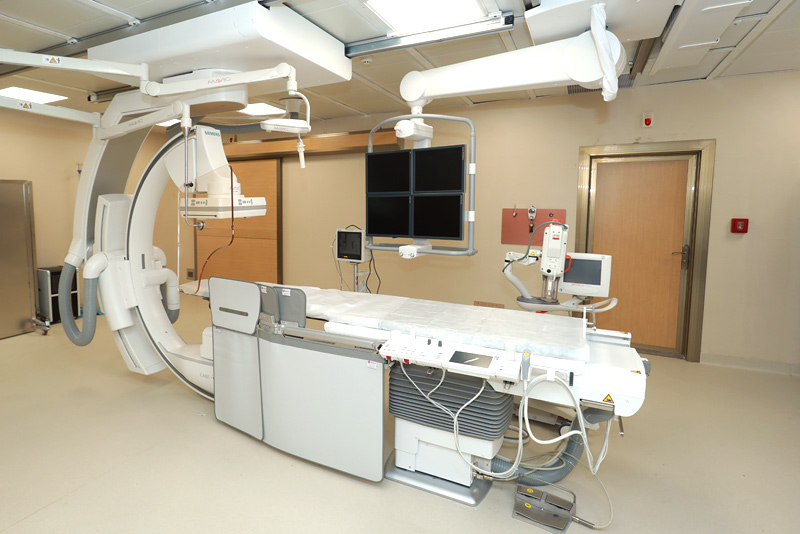How does cancer come into being? This is a complex process. To put it simply,it is a result of rapid or excessive division and growth due to mutation of DNA in certain cells triggered by external factors, such as chemical, physical and biological factors. And what can we do to calm it down? Next we’ll talk about this one-shot answer- argon-helium knife cryoablation.
Argon-helium knife cryoablation
Argon-helium knife cryoablation, a minimal invasive technology that ablates tumor via ultralow temperature, belongs to ablation therapies as the microwave ablation does.
But compared with merely elevating temperature, argon-helium knife cryoablation kills cancer through alternate low and high temperature.

What do we know about argon-helium knife cryoablation?
Argon-helium knife cryoablation is know for small trauma, handy operation, convenience and clear ablation line.
Argon-helium knife actually is not a real knife but a special puncture needle. It works by rapidly freezing up diseased tissue with argon and helium. When frozen tissue warms up, snow crystal melts quickly and moisture crams in cells with osmotic pressure, which leads to swelling and destruction of cancer cells.
In general terms, cryoablation kills cancer cells and destructs capillary vessel that supplies it by freezing and dissolving cells with extremely low temperature.

What makes argon-helium knife cryoablation competitive?
Argon-helium knife cryoablation, as a minimally invasive treatment, causes little damage and has little impact on organic function so patients can expect a quicker recovery and shorter hospital stay.
At the same time, this technology is also precise, safe, minimally invasive, highly repeatable, handy and affordable as other ablation technologies do. Patients suffer far less and basically live a normal life as they do before the surgery.
Most importantly, the procedure is immunoregulatory, that’s to say, it activates anti-cancer immunity to enable the body to clear diseased cells and necrotic cells.
Situations argon-helium knife cryoablation is applicable
The cryoablation is probably applicable to almost all solid malignant tumors, such as liver cancer, lung cancer, head and neck cancer, breast cancer, pelvic cancer, bone cancer and renal cancer. For those who refuse open surgery, those who are too fragile and weak to receive open surgery or those who suffer from recurrent and metastatic cancer, the procedure is a good option.
Moreover, frozen cancer cells are more impressionable to radiotherapy and chemotherapy and this in turn boosts the effect of the latter to resist further spread of the lesion. Therefore, cryoablation is often combined with radiotherapy and chemotherapy to boost efficacy.
A choice between Microwave Ablation and Cryoablation
Tumor treatment is mainly subject to type, staging and histopathologic type of the tumor. For example, ablation therapies for lung cancer include radiofrequency ablation, microwave ablation and cryoablation.
Three ablation therapies are equally effective in treating tumors of diameter ≤3 cm. In this scope, radiofrequency ablation is most clinically-based and most-often-used. Microwave ablation is competent in treating tumors of diameter >3cm for its shorter ablation time and wider ablation range.
And cryoablation applies to tumors at a distance(1cm or more) from pleura or tumors with osseous metastasis. Because snow ball it forms has a clear boundary that is easy to monitor, so any proximity to vital organs like lung and liver will be quickly monitored. In real situation, doctors will decide on a therapy based on individual situation.

Minimally invasive treatment unit of RoyalLee Cancer Center is equipped with Digital Subtraction Angiography(DSA) made by Siemens , 128-slice Computed Tomography(CT) and 16-slice Electroconvulsive therapy(ECT) made by Genral Electrics.
All minimally invasive technologies are available: conventional intravascular intervention, intravasular intervention of radioactive Iridium 90, radiofrequency ablation, microwave ablation, cryoablation, irreversible electroporation, radioactive particle implantation and Photodynamic technology.
